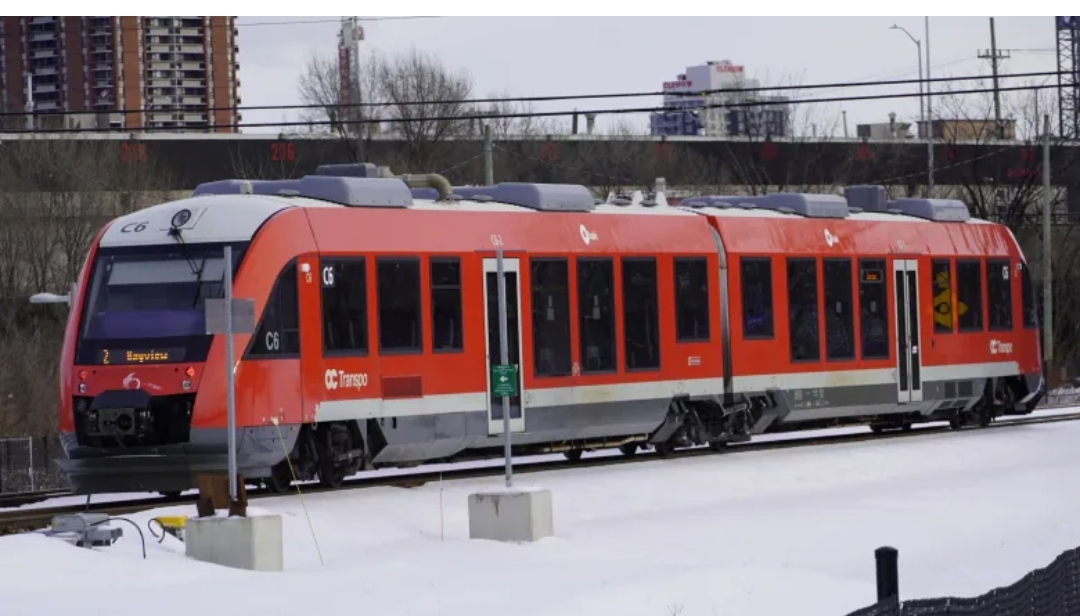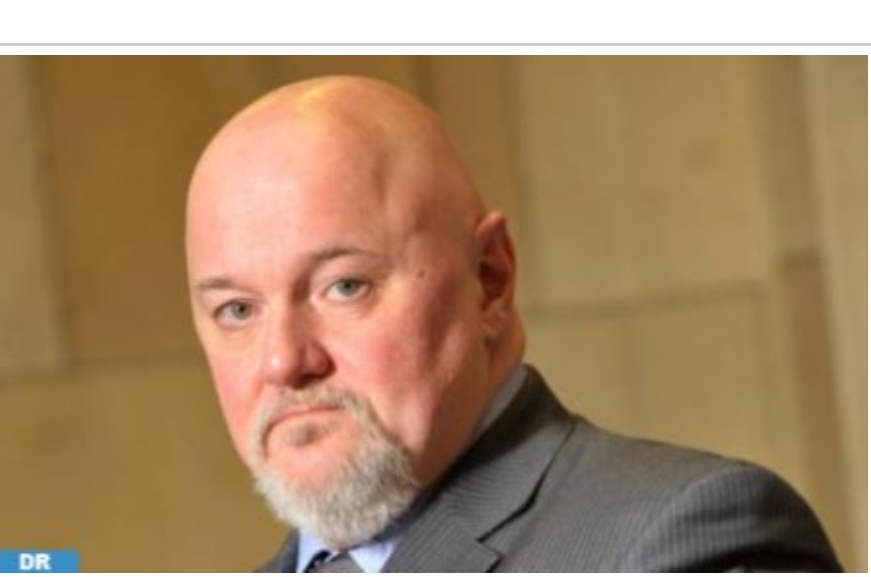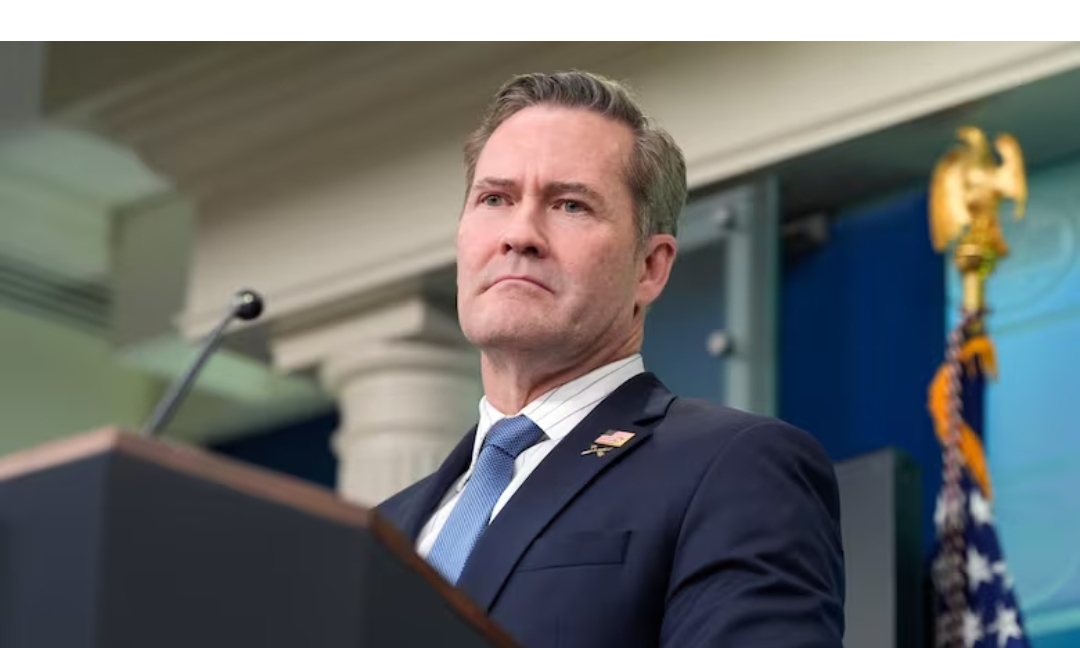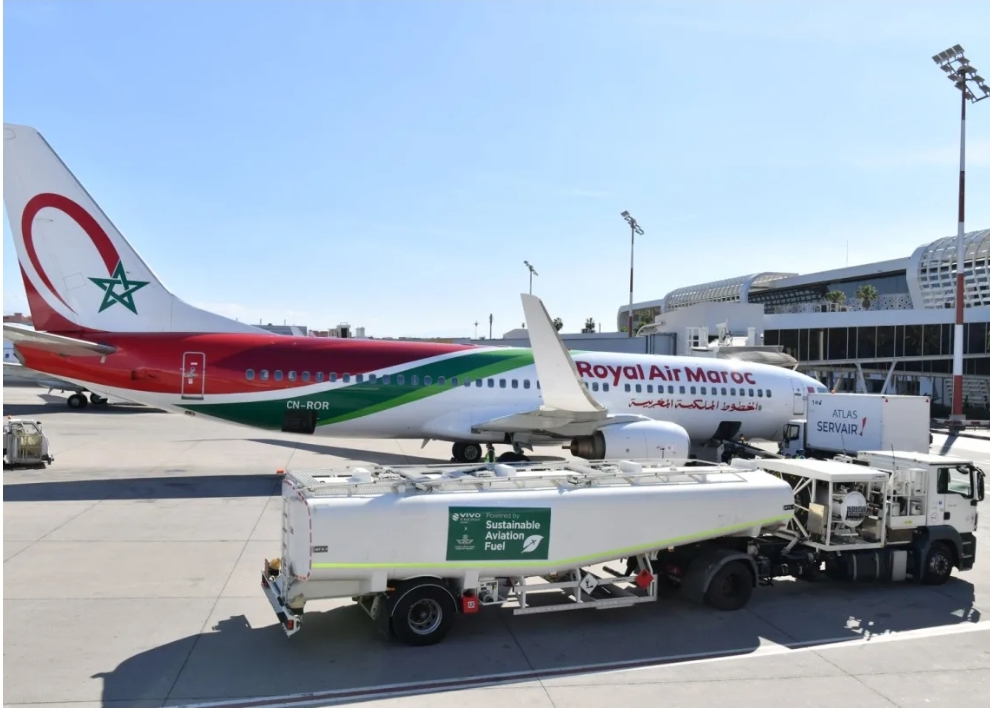Assahafa.com
OC Transpo says all of the Trillium Line’s final tests were passed with flying colours.
System builder TransitNext succeeded in crucial reliability tests in the shortest possible time frame, achieving a near-perfect score. A dress rehearsal on Lines 2 and 4 last weekend was also “a huge success,” said Troy Charter, director of operations.
But remaining kinks, and the arrival of winter, have ruled out a December opening.
“We have done so far very great with the trial running,” said OC Transpo general manager Renée Amilcar, on Friday. “But we know that we can expect problems with the train and with the transit as a whole.”
That’s why the “phased” approach to the line’s Jan. 6 opening will leave weekends open for additional maintenance.
Trillium Line to reopen in stages starting Monday, Jan. 6
Transit throwback: The bumpy ride to Ottawa’s ‘new’ north-south LRT
Didn’t the testing go well—like, really well?
In order for OC Transpo to accept the newly extended diesel rail system, TransitNext needed to ace its trial runs.
The process measures the percentage of trains leaving terminus stations on time, and achieved a 99.5 per cent average over 14 days.
But there were hiccups, including issues with CCTV cameras, sensors and a rail switch. On Thanksgiving weekend, one day also saw OC Transpo cancel 20 trips because there weren’t enough operators.
Trillium rail line passes crucial test and could be weeks from opening
‘Very strong start’ to trial running on Trillium line, OC Transpo reports
So, are there enough operators now?
The bare bones number of operators needed to run the Trillium Line is 41.
While OC Transpo confirmed that it has enough for that, it needs to have about 66 operators trained and ready to work.
“Someone will call sick. It’s the same thing with mechanics as the same thing with bus drivers,” said Charter. “We are trying to have a balance, right? We will not train 100 people, but we will need a balance to make sure that we can face with those potential issues versus to maintain a good service.”
There’s also a higher overall attrition rate, explained Charter, which has prompted OC Transpo to raise the minimum number of staff needed to cover off service.
The recent wintry weather also provides a prime training opportunity which the city will take advantage of this month.
What do they still need to fix, then?
The two most pressing issues that remain are related to those switches — which are crucial given the long lengths of single-tracked rail shared by north- and south-bound trains — and the reliability of platform displays that show passengers when the next train will arrive.
Richard Holder, director of rail services, explained to CBC that every time there’s a patch on the train control system, it impacts those displays.
“What we’re talking about now is errors that occur sporadically,” he said, noting that if there’s an issue caused by a stopped train the displays will run a looped message saying trains come every 12 minutes.
There’s also an issue with defective elevators sensors.
Does this have something to do with Ottawa’s other train problems?
The opening of the Confederation Line was notoriously flawed, with a public inquiry finding “egregious” errors in construction and testing.
The east-west rail line has suffered derailments, mechanical issues and shutdowns.
‘Egregious violations of public trust’: LRT rushed into service, commission finds
2 years on, a fix to the LRT’s derailment issue remains far off
But the Trillium Line — which ran for years as the original O-Train — is a completely different system, with different trains, and the transit agency also adopted inquiry recommendations that added new levels of oversight.
“It’s not necessarily a case of one being better than the other,” Holder argued. “We have confidence in both systems.”
When will OC Transpo move to phase 2?
Transit staff emphasized that any transit system will encounter problems, including issues they cannot predict despite years of testing.
“It’s something to run trains for years. It’s another thing to run trains with a timetable, with nine trains daily, with all of the systems,” Amilcar told councillors.
“It’s not only running the train, it’s so many other things behind the scenes that you cannot even imagine.”
While trial running tested on-time performance, Holder said OC Transpo will be looking at another metric in January: total kilometres travelled.
“We’ll be looking for that 98 per cent target for kilometres achieved before we kind of feel comfortable about moving to the next phase,” he said. “If we’re having problems with the system, if there’s anything that’s causing interruptions, we would not be achieving … that high bar of 98 per cent.”
OC Transpo will be monitoring this and other aspects of performance, with Amilcar explaining that everything that needs to be fixed will be fixed before taking the next step toward full service.
Will there be any incentive to ride?
With ridership levels still below pre-pandemic levels, transit advocates and some councillors have suggested OC Transpo allow people to ride the new trains for free — at least at first.
But with the transit budget under intense strain, it’s far from a sure thing.
Councillors move to pare back fare increase for seniors, but other changes on hold
Mayor says Ottawa facing ‘financial crisis,’ blames feds for shortchanging city
Amilcar said an incentive could come to Transit Commission for approval, but not until Lines 2 and 4 are offering full, weeklong service.
“We don’t want to do it now because a good marketing needs a good product,” explained Amilcar. “We want to make sure that the product is perfect.”
Source: cbc














